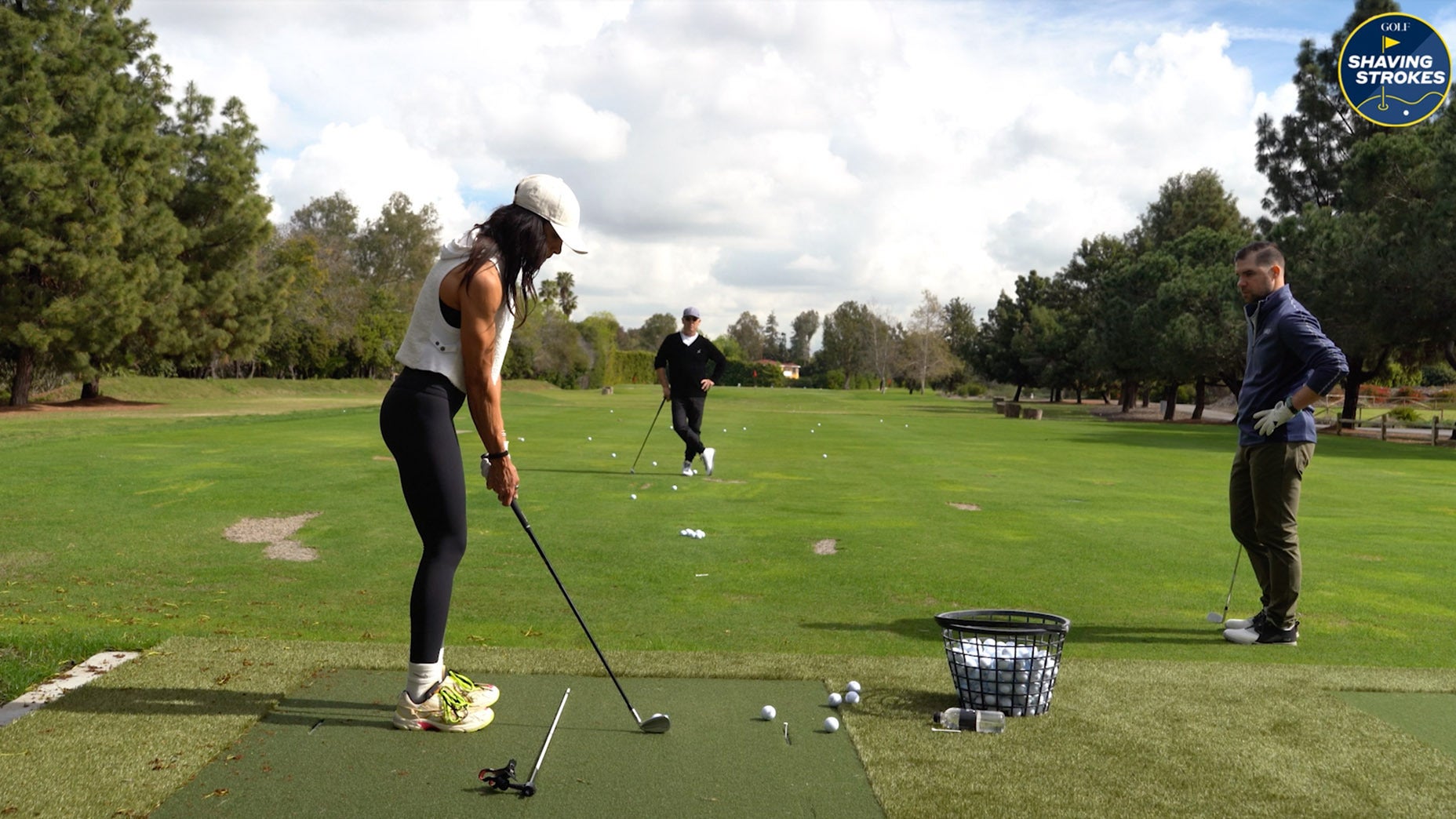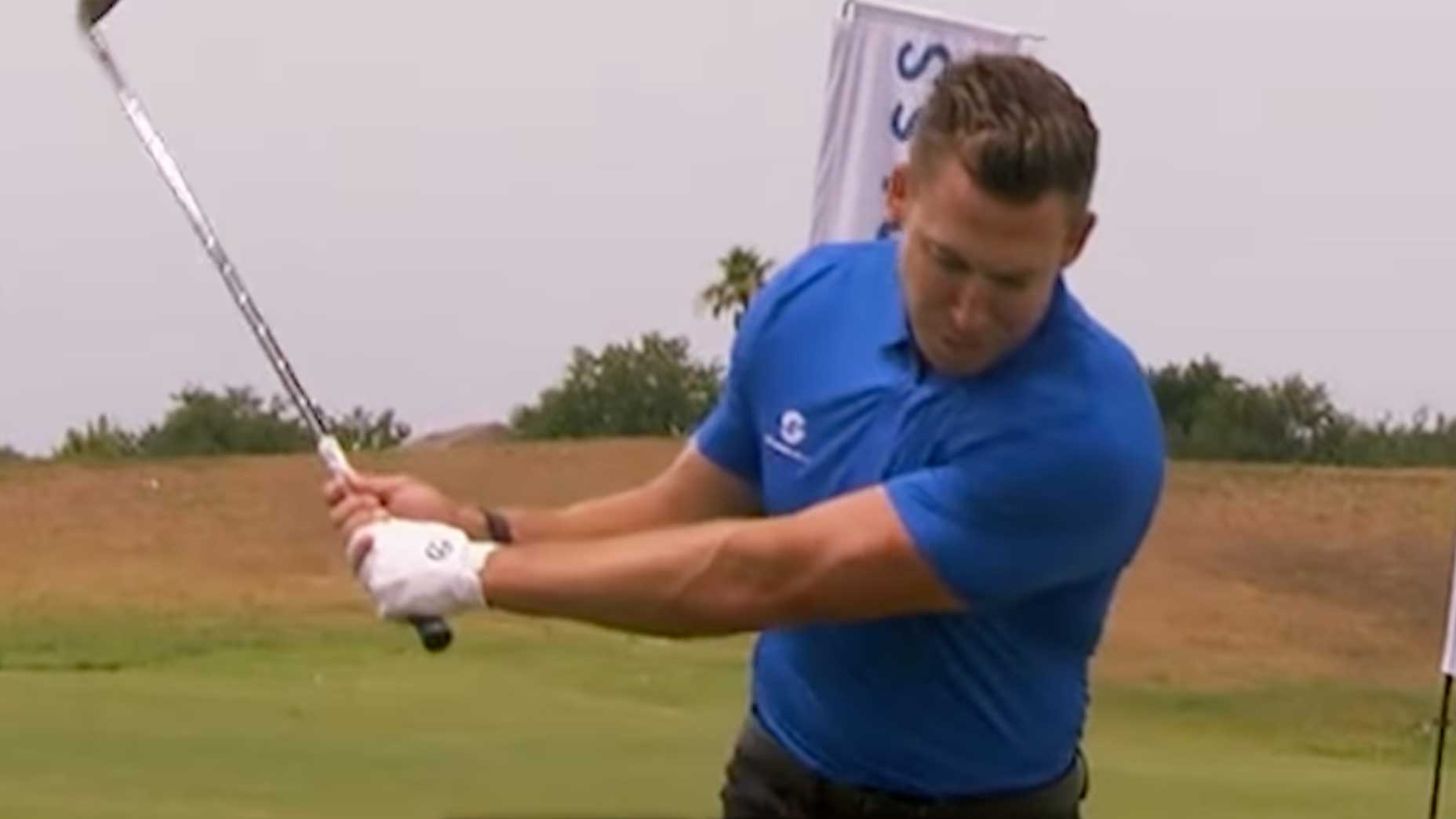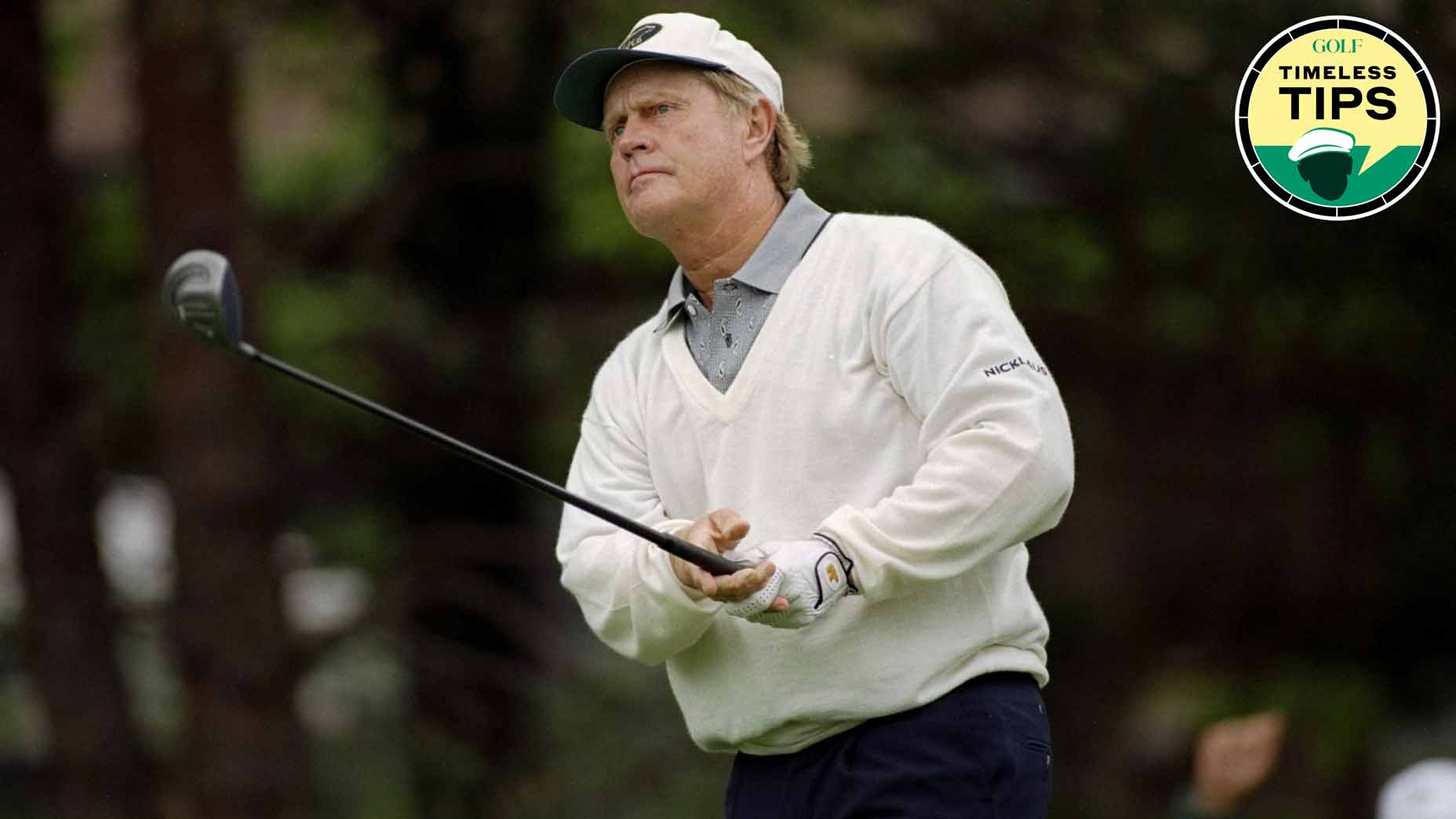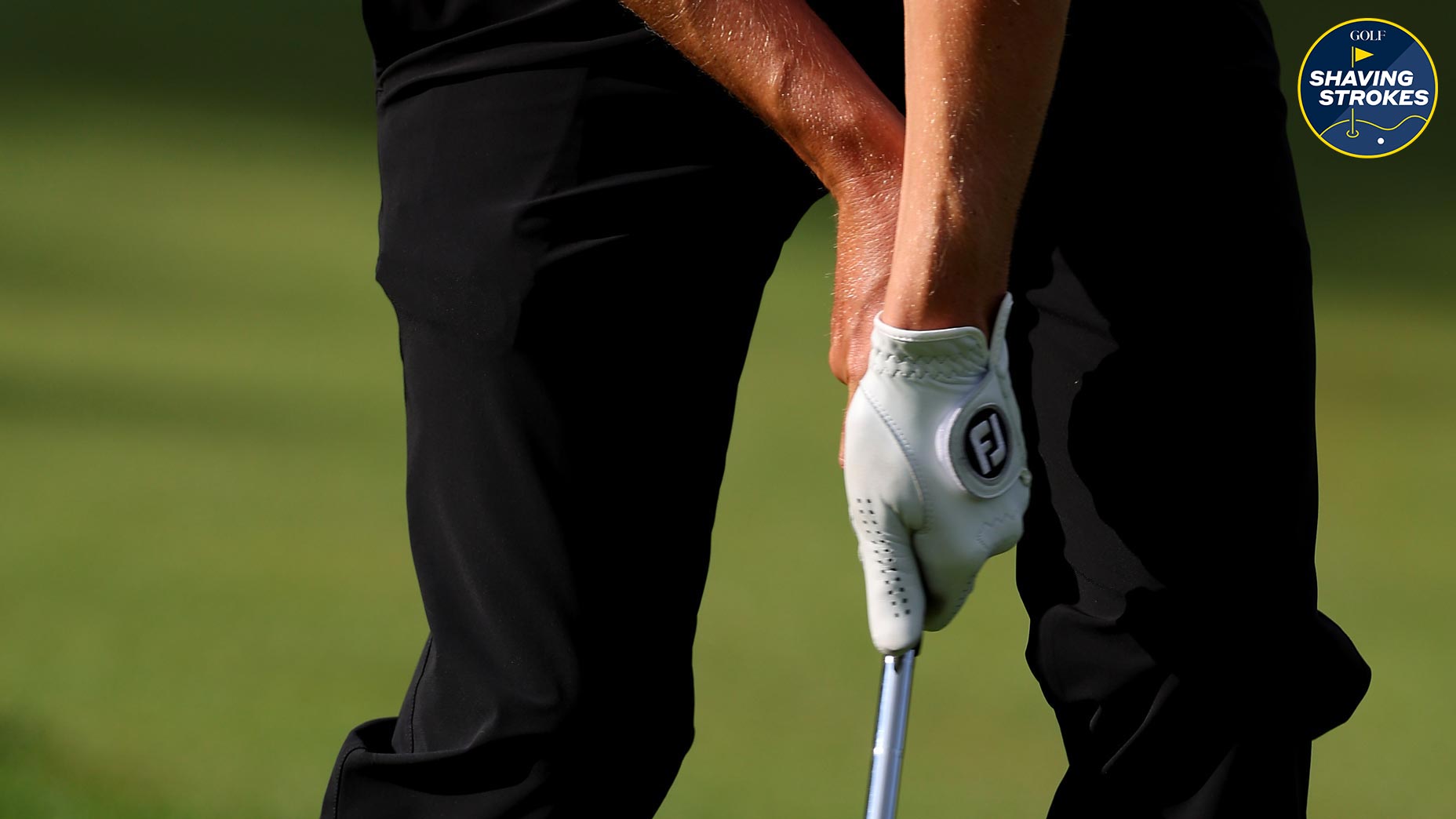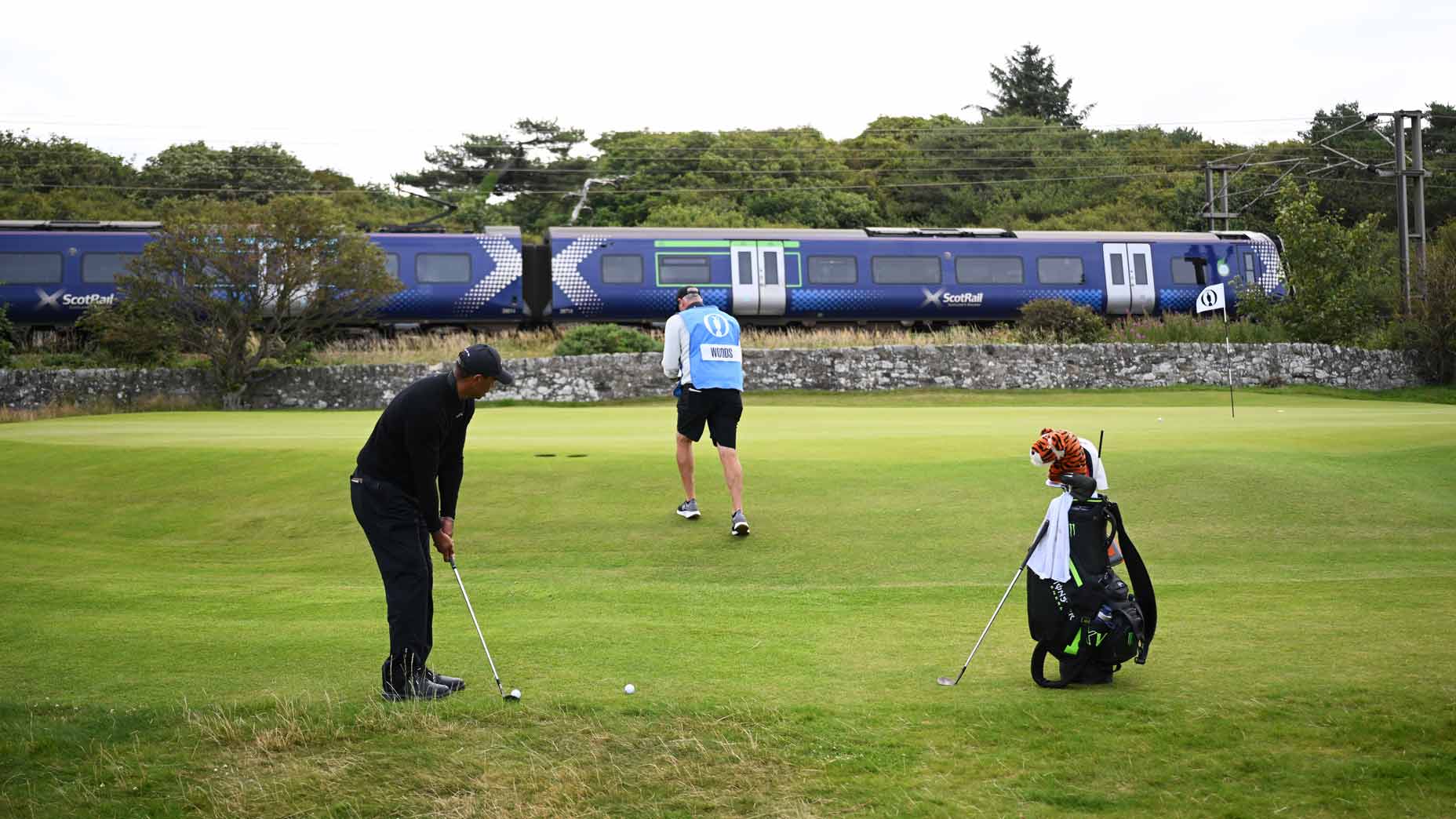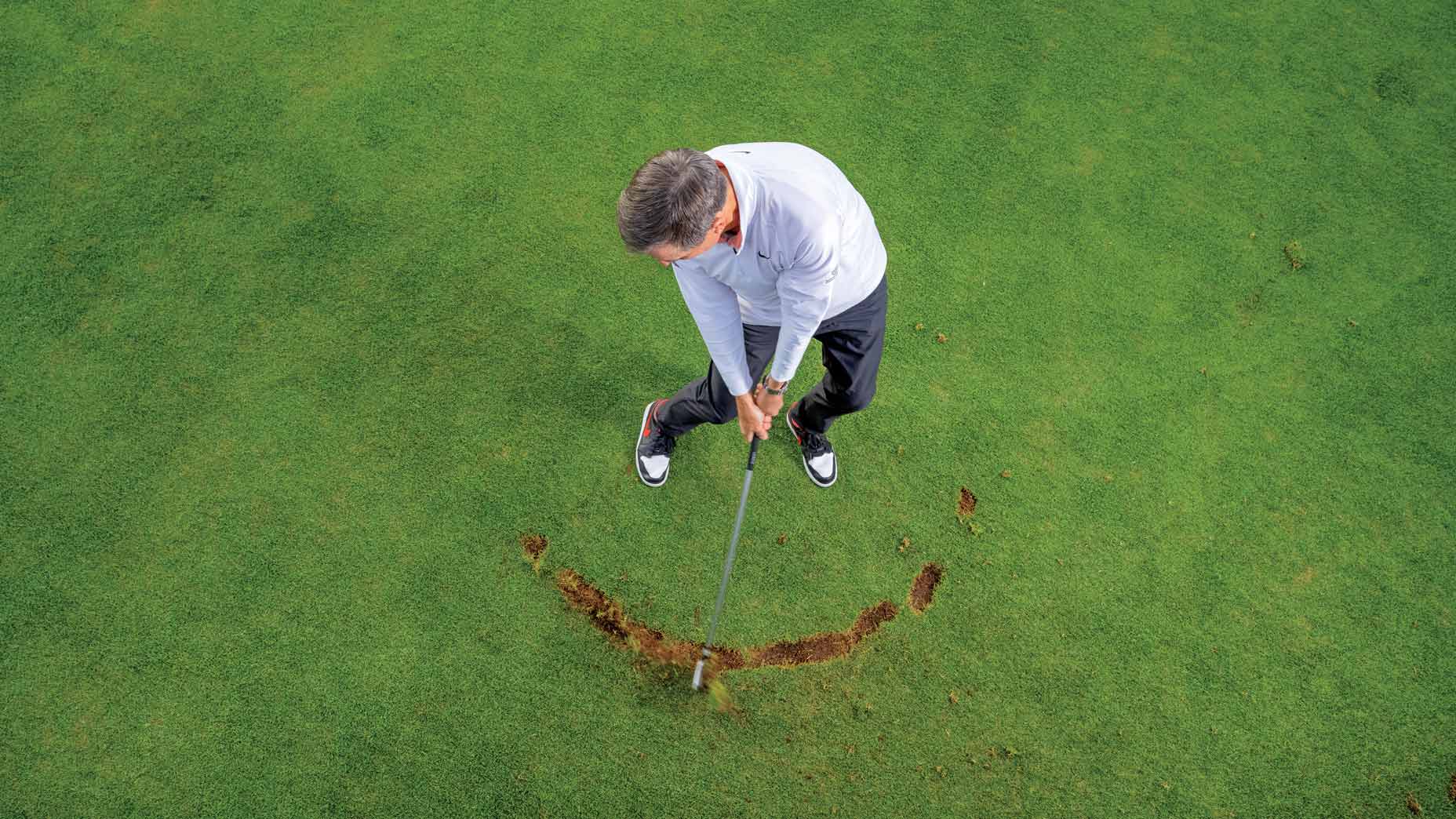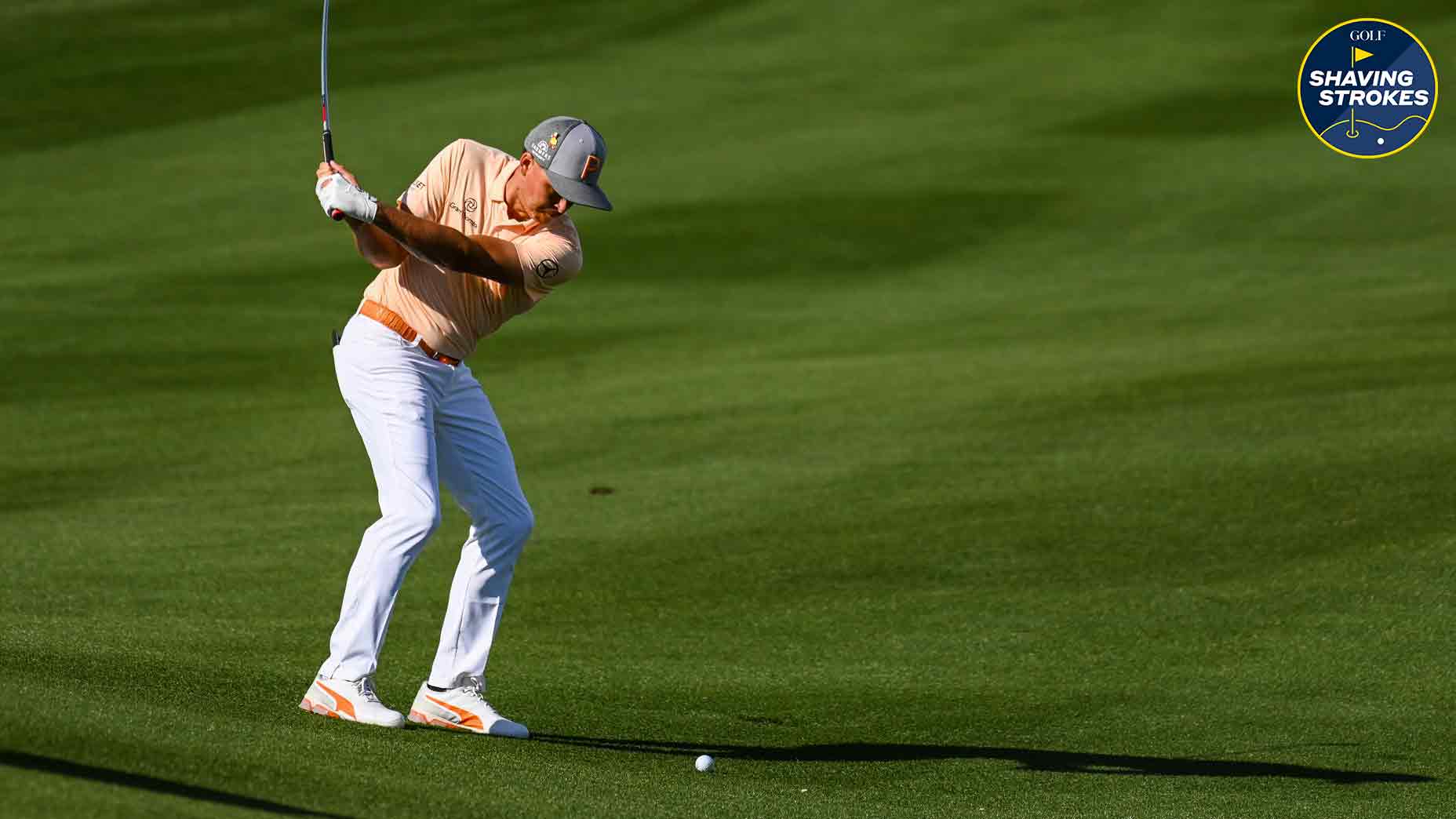Stick your wedges by doing these 10 things, says top teacher
- Share on Facebook
- Share on Twitter
- Share by Email

Shave strokes off your game by becoming a master of wedges. Here's how.
Getty Images
When you have a strong short game, you can clean up any previous mistakes you may have had on a hole. This helps you save more pars rather than see bogeys or worse if you get in trouble off the tee or with your approach shots, as it allows you to scramble for more up-and-downs.
But becoming a great wedge player takes work, and too many amateur players disregard this part of their game during practice.
Since success in the short game plays a huge factor in your overall success during a round, here are 10 things you must do in order to become a master with a wedge in your hands.
10 ways to improve your wedge shots

True Spec Fitting
1. Make center-face contact
A great wedge shot requires great contact off of the “sweet spot” of the clubface. While there’s a lot that goes into being able to do this with consistency, it certainly starts with good grip and posture — which comes from a great setup routine.
When you’re able to match your grip with the right posture (where your arms hang naturally), it allows you to be athletically balanced.
2. A consistent setup routine
Your setup routine should be specific to you, allowing you to get into the same athletic position for every club. Here’s how I recommend building a setup that allows you to bend from the hips and let your arms hang beneath your shoulders.
Place your hands on the grip of the club and step back from the ball, starting just a little further away. Now bow forward from your hips, setting the clubhead behind the ball. Once you’ve done this, step your feet as many times as you need to find the location where your hands are truly hanging below your shoulders in a natural and relaxed position.
3. Full swing or a percentage wedge?
When it comes to controlling your distance on wedge shots, you not only need to know how far your clubs travel on a full swing, but also how to throttle them down when needed with a smaller swing. In many cases, it can be a bit more predictable to control distance with a bit smaller swing.
4. Hit the ball and then the turf
Making proper contact typically means hitting the ball first before hitting the ground, which creates a divot after the golf ball. When you’re able to do this, it prioritizes getting the club down to the ground with your weight moving forward.
For certain pitch shots or percentage wedges, having the proper bounce and grind on your club will also help provide great turf interaction when you might hit the ground before the ball.
5. Finish with your weight forward
In order to make the proper divot on wedge shots — allowing for ball-first contact — you need to finish with your weight on your lead foot. If you incorrectly fall onto your back foot to try and lift the ball, it can lead to mishits.
A great checkpoint for this is to be able to hold your finish for a full second, which makes sure you’re in balance over your forward foot.
6. Take your aim and alignment more seriously
Plenty of amateur golfers struggle with aim and alignment, but when you want to hit an approach wedge closer to the pin, it becomes an even bigger skill to have.
So how can you do this? I think you should practice aiming the right way when you’re on the range by using alignment sticks pointed at specific targets. This way, once you transition to the course, your eyes will already be trained, so you only need to make small adjustments in order to hit your ball as close as possible.
7. Practice swings
I always suggest taking practice swings on approach wedges, which can help you get used to the length of the club in order to avoid making either thin or fat contact. A practice swing also gives you time to get good rhythm, allowing you to feel how big of a swing you might need to take.
8. Consistent practice
We all like going to the range to work on our game, but I suggest being more intentional when it comes to your wedge practice — especially since controlling your distance is a huge part of getting it close to the pin. So spend some time hitting to specific targets with distance and direction.
Some ranges are better than others, but if your area doesn’t have specific targets, you can make it work by using towels or small range buckets to help improve your distance control. The short game is one area where a bit of focused practice can help lower scores quickly.
9. Calibrate and write down
Knowing your distances with each club is important, but it’s much more critical when hitting wedge shots due to the variance in swing length. Since it can be tough to remember exact yardages, I suggest charting them so you have a good baseline in the short game.
Write down your chipping, pitching, and full swing distances for different wedges, since having this list can quickly lower your scores. Many top players keep both their full swing distances as well as yardages for percentage swings, helping them know exactly how far each one carries.
10. Know how to calibrate your wedges
Unsure about how to calibrate your wedges to dial in your distance control? You’re not alone, as it can be a bit of a confusing process. To help, I’ve developed a course to help you to improve your wedge distance control and learn how to create your own yardage charts. The course is 50 percent off for InsideGOLF members who click the link here.
Looking for more golf content? Give me a follow on Instagram to get tips and playing advice.

Ping Glide Forged Pro Custom Wedge
$199.99
View Product
Latest In Instruction

Golf.com

Nick Dimengo
Golf.com Editor


